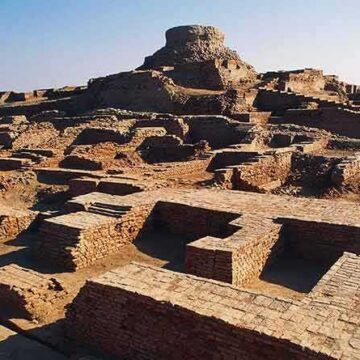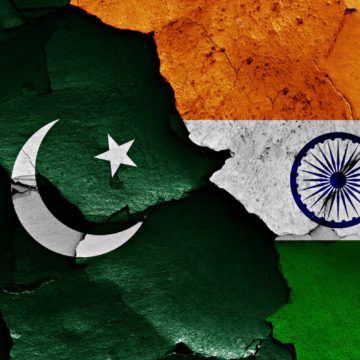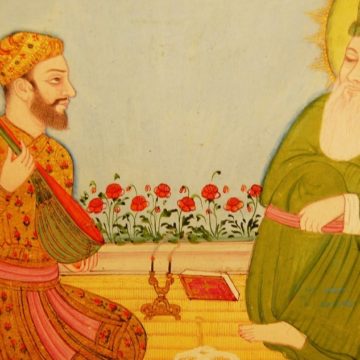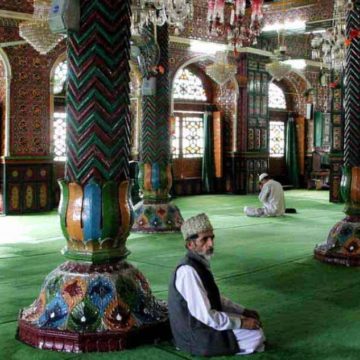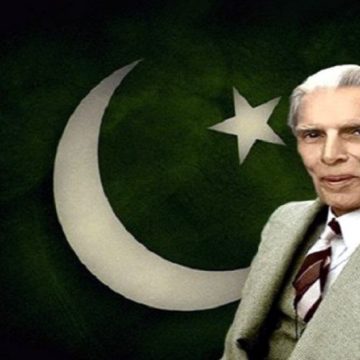This paper was originally written in Russian by Dr. Aleksandr A. Semenenko, a historian based in Voronezh, Russia.
Dr. Semenenko is one of the few Western scholars who have defended the Out-of-India theory which purports to explain the spread of the Indo-European languages. His work is ground-breaking, because he relies not only on textual or linguistic proof, but also on archaeological and material evidence. His researches have now provided a very solid archaeological underpinning for the OIT.
Dr. Semenenko has recently presented summaries of his findings at Sangam Talks:
Steppe Route of Indo European Dispersal:Preliminary Findings (https://www.youtube.com/watch?v=lgRdwkZnGqA)
The Tarimian Trace of the Indo European Dispersal (https://www.youtube.com/watch?v=jyY7EHotXto)
The Rigveda Chronology And The Indo European Homeland (https://www.youtube.com/watch?v=S1Bsm79cVvk)
Dr. Semenenko's original and far-reaching work has been endorsed by such pioneers of the OIT such as Shrikant Talageri and Koenraad Elst: see for example, the Sangam Talk "Getting serious about the "Aryan" debate" (https://www.youtube.com/watch?v=rDSy9gPAB3s)
The bulk of Dr. Sememnenko's work is in Russian. However, he has also written extensively in English as well, and interested readers can find his path-breaking papers at:
https://independent.academia.edu/AlexandrSemenenko/Articles-in-English
or at:
https://www.researchgate.net/profile/Aleksandr-Semenenko-2
In this monograph, which is the first of his papers to be published in India, Dr. Semenenko shows that Rigvedic hymns mentioning forts being besieged or stormed do not occur in the oldest layers of the Rigveda. The oldest mentions of forts occur in a peaceful context. Dr. Semenenko also decisively refutes the AIT, according to which the earliest hymns should have described the destruction of forts. The author demonstrates that the description of fortresses in the Rigveda and the Atharvaveda reflect a unique chain of archaeological events in the history of South Asia — wherein a period when fortified settlements were besieged and burned down was followed by a period when they existed peacefully. This sequence of events corresponds to a transition from the Early Harappan period to that of Mature Harappa, and was never repeated again. With this insight, Dr. Semenenko has succeeded in establishing an absolute chronology for the Rigveda (which was hitherto not possible).
The translator dedicates his translation to the memory of his late lamented Russian teacher, Dr. Ganesh.V. Marathe. This translation was rendered possible only owing to Dr. Marathe's charity towards a schoolboy who could not have afforded to pay for the Russian lessons.
Author: Dileep Karanth (Dileep Karanth)
André Malraux on India and Bangladesh – Part 2
In the second installment of André Malraux's views on India and Bangladesh, Dileep Karanth translates an open letter written by André Malraux to the president of the USA, Richard Nixon. In the letter André Malraux questions the stand taken by the newly emerged superpower that the USA was, towards India, Pakistan, and Bangladesh.
André Malraux on India and Bangladesh – Part 1
This is a translation of two web pages about the French writer André Malraux, and his views on India and Bangladesh.
Dileep Karanth brings to light the love and fascination that a misunderstood frenchman, André Malraux, had for India - not only the politically defined territories of India but also the civilisation; as his words to the students in Dacca prove.
The article attempts to understand the man and his ideologies and beliefs before delving into his love for India.
The Neglected Hindu Period of Pakistani History
Since the partition in 1947, Hindus in Pakistan, the persecuted minority, have found their voices unheard and suppressed.
Once inhabited by Hindus and Buddhists, the region that forms Pakistan at present has a demographically insignificant, if not laughable, population of minorities. With the physical disappearance of the Hindus in Pakistan, their history as indigenous inhabitants of the land is gradually becoming a fading memory.
Hindu-Buddhist Conflict in the Chachnama: Fact or Fiction?
Contrary to popular belief that Buddhists suffered at the hands of Hindus, the reality is quite different.
A plea for the use of the Roman script (with diacritics) for the teaching of Indian languages
In the modern age, a case can be made for using the Roman script to teach Indian languages.
Amir Khusrau’s Contributions to Indian Music: A Preliminary Survey
Deemed as the originator of many facets of Indian music, Amir Khusrau's contribution needs a thorough investigation.
The Unity of India
The concept of India and its unity comes up time and again without satisfactorily analysing the evidence at hand.
Caste in Medieval India: The Beginnings of a Reexamination
Caste in Hindus as a social stratification method has long been criticised without understanding how it operates within other religions.
Jinnah: The Name
The name Jinnah has a long and interesting history.

